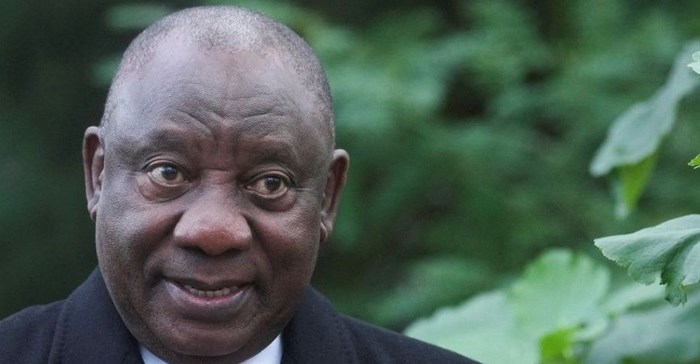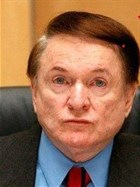
Subscribe & Follow
#AfricaMonth
Jobs
- Motor Accounts Handler / Office Bound Business Developers George
- Contact Centre Agents George
- Business Analyst - Chat Commerce Specialist George
- Creditors Clerk (Accounts Payable) West Rand
- ML Engineer George
- Marketing Specialist - Pet George
- Finance and Admin Administrator Tshwane
- Short Term Claims Manager Tshwane
- Claims Operations Manager Tshwane
- Vet Practice Business Development Consultant Gauteng
In the news
Analysis | State of disaster must be a temporary solution with an exit strategy already in the offing

The Sona generally acknowledged the urgency of implementing key solutions, especially in dealing with the serious challenges on the energy, transport, crime, poverty and unemployment fronts. In particular, the Eskom crisis was strongly recognised in the Sona as the Achilles heel of SA’s economic performance.
Two important decisions were the announcement of a national state of disaster to deal with the energy crisis and the proposed appointment of a minister of electricity in the presidency. In regard to the latter an assessment of the usefulness of this appointment will have to await the larger restructuring of government and the Cabinet reshuffle.
While the national state of disaster may well speed up decision-making at several levels to deal with the energy crisis, there are also downsides to the decision.
Safeguards to prevent corruption
Experience with the Covid-19 lockdown emphasised the need for transparent consultation with business and other stakeholders. It remains important that South Africa learns the lessons around the handling of the Covid-19 crisis. Safeguards are needed to prevent corruption and the intended role of the auditor-general is welcome.
It is also important that a national state of disaster to deal with electricity crisis be seen as a temporary solution and that an exit strategy is already being planned.
The Sona therefore confirmed that the energy crisis now weighs heavily on SA’s economic and business prospects. As a result, the latest revised Sarb GDP growth forecasts of only 0.3% in 2023, 0.5% in 2024 and 1% in 2025 set the broad growth parameters within which SA in general and the government in particular must manage the country’s socioeconomic challenges.
To get a bigger, stronger and better economy the Sona ‘message’ therefore needs speedy implementation to help build confidence and credibility in ways that acknowledge the centrality of the private sector in the solutions.
A strong theme in the Sona was the need to boost fixed investment to encourage faster growth and job creation, including higher targets for the next Presidential Investment Conference.
The reality is that the percentage of total fixed investment is now only 14% of GDP, having fallen from about 19% from a few years ago. It is now widely accepted that sustained GDP growth rates of beyond 2% required for inclusive growth in SA eventually need total fixed capital formation support of about 25% of GDP.
Driving maximising policy certainty
It therefore remains important that the plans and projects outlined in the Sona are implemented in a manner that minimises policy uncertainty and maximises continuity to underpin investor confidence.
It is also clear from the Sona that ‘flogging a system’ can now no longer achieve results – reform is the key. Timelines must be set and enforced, with consequences if they are not met.
Implementation and accountability are paramount. To rebuild business confidence political leadership must therefore ensure that, in the aftermath of the Sona, words will be backed by credible action.
If a crisis of confidence is to be successfully managed, great discipline and persistence will be needed in future to confound the cynics.















